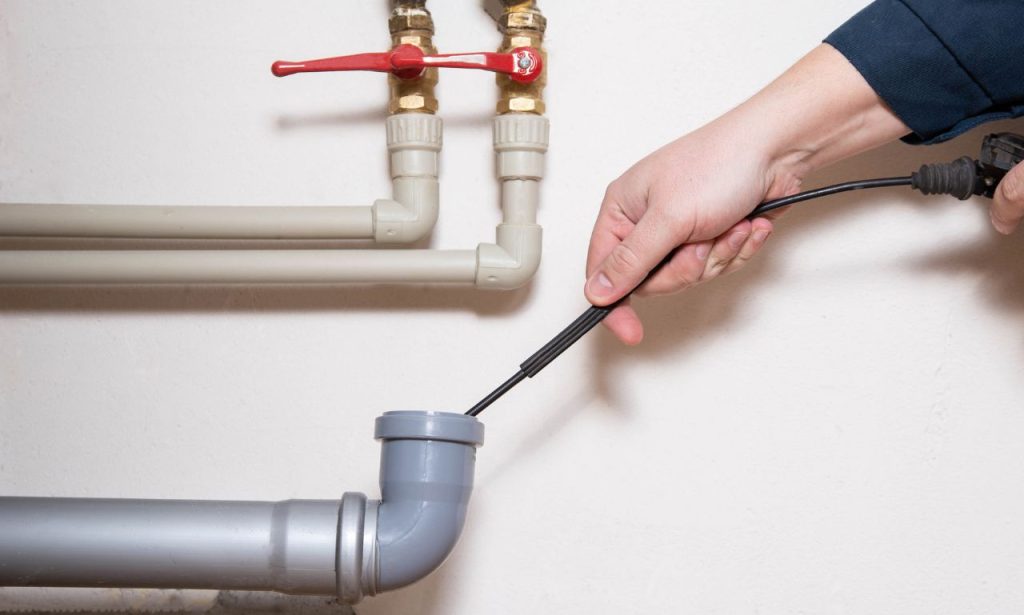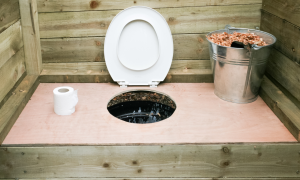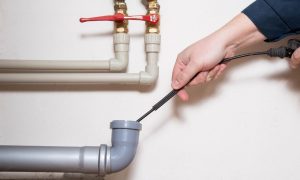Nothing throws off your kitchen routine quite like a frosty surprise at the bottom of your freezer. If you’ve been wondering, “Why does my freezer keep icing up at the bottom?“, you’re definitely not alone. Let’s uncover why your freezer floor turns into a solid ice rink, and more importantly, what you can do to prevent it. No more chipping away at ice like a winter warrior!
Common Causes of Ice Accumulation
If your freezer has a sneaky habit of icing up at the bottom, it’s not just some quirky freezer personality trait. It’s a problem with roots, and we’re here to dig them up for you. Below are the most common culprits that answer the question: why does my freezer keep icing up at the bottom?
Door Seal Failure
Your freezer’s door seal, also known as the gasket, plays a huge role in keeping your freezer frost-free. When this little strip of rubber wears out or becomes damaged, it’s like leaving the front door open during winter. Here’s what to keep in mind:
- Warm Air Intrusion: A faulty door seal lets warm air seep into the freezer. When warm, humid air meets the cold environment inside the freezer, it quickly condenses and freezes, leading to ice accumulation.
- Signs of Seal Failure: Check for cracks or a loosened seal around the door. An easy way to test is by placing a plastic bottle cap between the door and the seal—if it slides out easily, it’s time for a replacement.
- What to Do: Regularly clean the door seal with a bleach solution and replace it if you notice it’s no longer sealing properly.
Evaporator Drain Blockage

The evaporator drain might sound technical, but its function is simple: draining melted water from your freezer. When it’s blocked, water can’t escape—and where there’s trapped water, ice isn’t far behind.
- How It Happens: Food particles, ice, or even accumulated debris can lead to a blocked evaporator drain. This causes the melted water to collect at the freezer floor, eventually freezing up.
- Fixing the Blockage: Use a turkey baster filled with hot water to thaw the drain hole. The drain tube transfers water from the evaporator during the defrost cycle, so make sure it’s free of obstructions.
- Tip: A mixture of warm water and bleach solution can be effective in dislodging ice and debris.
Temperature Settings
Incorrect freezer temperature settings can trigger all sorts of issues, from freezer frost to an unwelcome sheet of ice.
- Too Low Is Not Always Better: We all think that setting it super cold will be best for our frozen foods. But turning your freezer temp warmer (between -5°F to 0°F or -20°C to -18°C) can actually prevent frosty freezer problems.
- Checking the Settings: A freezer thermometer can be handy to ensure your freezer temperature isn’t out of control. Consistency is key.
- Adjust as Needed: If your freezer type unit is experiencing a defrost cycle issue or if the freezer functions seem off, it could be a sign to tweak the settings.
Humidity Levels
Excess moisture is like a magnet for freezer frost. Let’s understand how excess humidity sneaks into your freezer and causes issues like why does my freezer keep icing up at the bottom:
- Frequent Door Opening: Every time you open your freezer compartment, warm air rushes in, bringing with it moisture that turns into frost.
- Leaky Door Seal: As mentioned earlier, a worn-out door seal invites humidity levels into the freezer, promoting ice accumulation.
- Control Humidity Levels: Keeping the freezer door closed as much as possible and ensuring a tight seal will help keep the humidity level at bay.
Understanding Freezer Frosting
How Frost-Free Refrigeration Systems Work
A frost-free freezer is an amazing feat of engineering—but it’s not immune to problems. Here’s how it functions:
- Evaporator Coil and Fan: A frost-free freezer works by using an evaporator coil and a fan to circulate cold air throughout the freezer compartment.
- Automatic Defrost Cycle: It runs an automatic defrost cycle periodically to melt the frost. The melted water from the defrost cycle drains through the evaporator drain tube.
- What Goes Wrong: If the evaporator coil freezes over or the defrost drain tube gets blocked, this can lead to ice building up at the bottom. The defrost heater also plays a part—if it’s not working, frost will accumulate.
Importance of Regular Maintenance
Regular maintenance is your best line of defense against an ice sheet forming at the bottom of your freezer. Ignoring maintenance can often leave you asking, “Why does my freezer keep icing up at the bottom?”
- Clean the Drain: The drain tube transfers water from the evaporator drain to the collection tray, which should be kept clear. A turkey baster or bottle nose brush can help.
- Inspect the Seals: Check for any cracks or wear on the door gasket. This prevents unwanted excess moisture and keeps your freezer floor dry.
- Don’t Forget the Evaporator Coil: Every once in a while, inspect the evaporator coil for frost buildup. You’ll know something’s up if there’s too much frost blocking the airflow.
Actionable Tips to Prevent Ice Build-Up
Keeping the Door Closed Properly
- No More Halfway Closes: Always make sure your freezer drawer or door is fully closed.
- Stock Wisely: Overfilling the freezer basket can prevent the door from sealing properly, so give everything enough space.
Regularly Checking the Door Seals
- Feel the Edge: Run your fingers around the door’s edge to feel for drafts.
- Replace If Necessary: A damaged or worn-out door seal allows warm air in, so it’s best to replace it promptly.
Defrosting the Freezer Periodically
- Periodic Defrosting: Even frost-free freezers might need a manual defrost every once in a while, especially if the automatic defrost cycle malfunctions.
- Warm Water Trick: Use warm water to melt ice if needed, and clear any drain plug blockages.
Troubleshooting Techniques
So what if your freezer is already a mini ice cave? Here are some easy troubleshooting tips to help answer why does my freezer keep icing up at the bottom:
Identifying Signs of Malfunction
- Abnormal Frost Accumulation: If you’re dealing with thick frost or an ice sheet, it’s a good sign there’s a malfunction in the defrost system.
- Strange Noises: Noises could point to issues with the evaporator fan or control boards.
Checking the Defrost Heater
- Faulty Defrost Heater: A defrost heater is responsible for melting ice during the heating cycle. If it’s not functioning, ice will continue to accumulate.
- Visual Inspection: Look for any visible breaks or burnt parts in the heater coil. If you’re unsure, you might need an appliance repair technician.
When to Consider Professional Service
Sometimes, DIY fixes aren’t enough. That’s where a destination for tech repair comes in handy.
Repairs for Common Components
If you’ve tried everything and nothing seems to work, it might be time to get a professional involved.
Defrost Systems
- Defrost Timer: The defrost timer controls when the freezer enters the defrost mode. If it’s faulty, your freezer might not defrost as it should.
- Heater Coil: A faulty defrost heater can lead to frost issues that can’t be solved manually.
Control Boards
- Faulty Control Boards: Control boards manage the entire defrost cycle and freezer functions. Problems with these will usually need professional diagnostics.
Evaporator Fans

- Evaporator Fan Issues: If the evaporator fan is not working, it won’t distribute cold air evenly. A professional repair might involve replacing the fan or fixing the wiring.
Conclusion
Getting to the root of why your freezer keeps icing up at the bottom can save you a lot of headaches—and ice picks. From inspecting the door seals to maintaining the evaporator drain, understanding your freezer is the first step towards a frost-free life. When in doubt, don’t hesitate to call in the pros—they’ve got the tools and the expertise to tackle even the most stubborn freezer frost issues. So, if you’re still wondering “Why does my freezer keep icing up at the bottom?”, these tips should help you find the answer.
ALSO READ; Top 10 Best Water Heater Repair Services in Olivette
FAQs
If your freezer is not frost-free, you should manually defrost it every 6 months or when the ice buildup is more than ¼ inch thick.
Yes, but be cautious. Use a plastic bottle filled with hot water instead of pouring directly to prevent damage.
Check the evaporator drain for any blockages and verify that the defrost cycle is functioning properly.
Ignoring ice formation can affect freezer temps, reduce efficiency, and damage the components, leading to costly repairs.




